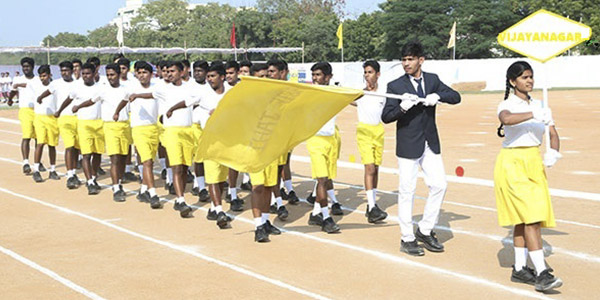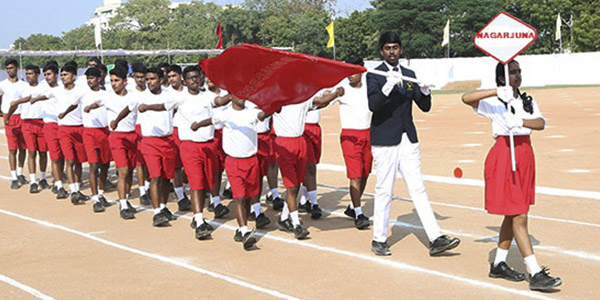
Vijayanagar
It is named after the incredible South Indian dynastic empire, based in the Deccan.
The Vijayanagara kingdom was founded by Harihara and Bukka of the Sangama dynasty in 1336. The empire celebrates a strong legacy of monuments spread over South India, most of which are in Hampi. It was a fruitful time in our history with fine arts and literature reached new heights in Telugu, Tamil, Kannada, and Sanskrit. The economy, too, flourished.

Taxila
It was named after the world’s first university – Takshashila University. The university was located in North-Western (then) India – now Pakistan and was established in 800 BCE. A wide range of subjects was taught at Takshashila, for example, Futurology, Astrology, Warfare, Philosophy, Agriculture, and Dance. Students from Greece, Syria, and China flocked to the university to study from the distinguished panel of masters, which consisted of Kautilya, Panini, Jivak, and Vishnu Sharma.

Nalanda
Named after the epicenter of learning in Rajgir, Bihar – the Nalanda University
Nalanda University reached its pinnacle of glory when King Harsha was at the throne, despite being founded in the 5th century AD. Scholars from China, Korea, Mongolia, and Ceylon traveled for months to study at Nalanda. It was a monument to learning, with wide imposing architecture and spacious classrooms & living areas.

Nagarjuna
Named after the notable Buddhist philosopher – Nagarjuna (c.150 – c.250 CE)
Nagarjuna and his disciple Aryadeva are considered to be the founders of the Madhyamaka school of Mahayana Buddhism. Scholars believe that Nagarjuna was an advisor to the king Yajna Sri Satakarni of the Satavahana dynasty.
